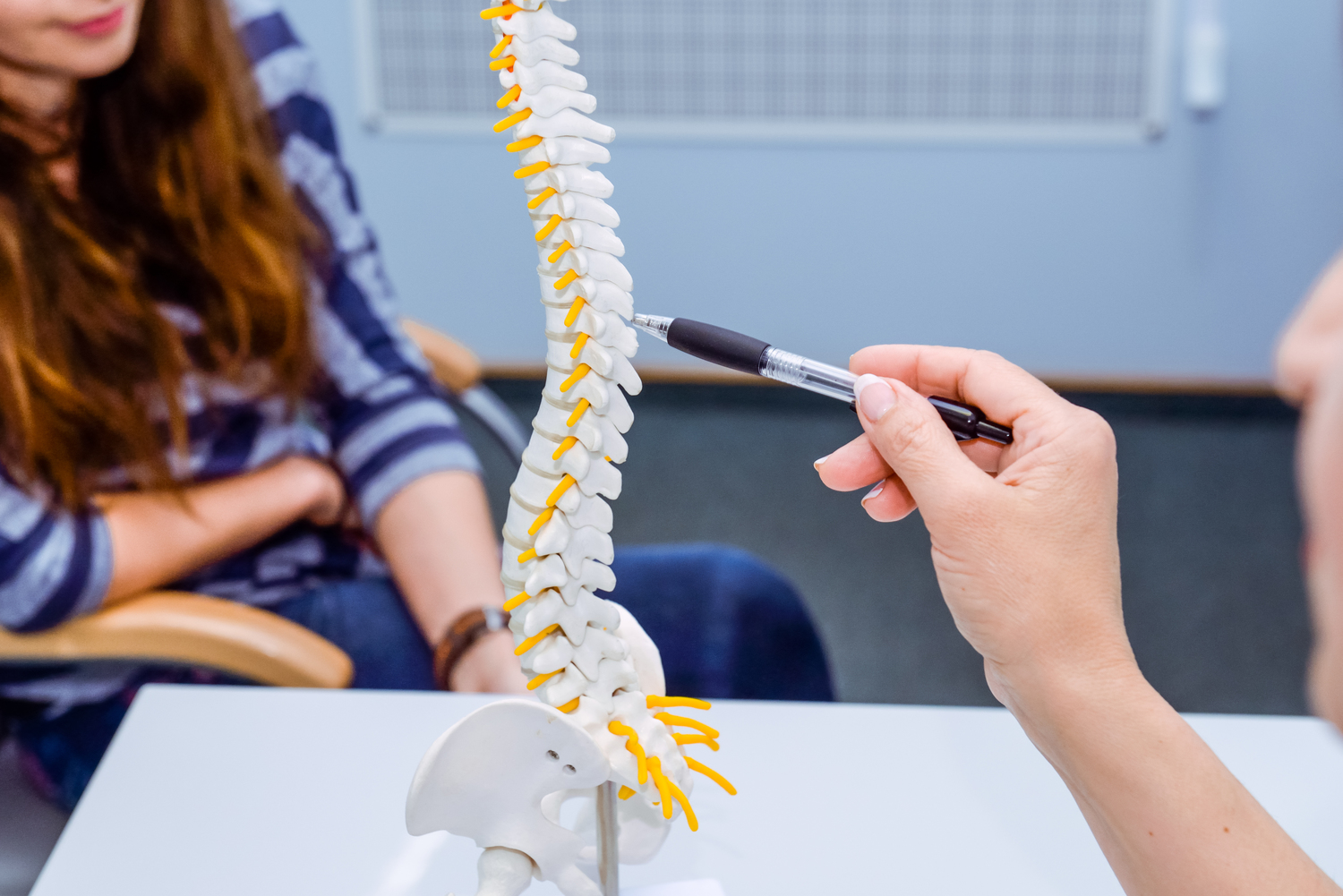An Overview Of Osteoporosis- Risk Factors, Symptoms, And Treatments
Osteoporosis is a disease where the bones become fragile, weak, and brittle because of the loss of bone mass and a loss of bone tissue. A “silent disease”, osteoporosis affects an individual silently because he/she doesn’t realize their bones are getting weaker. It is only noticed when a bone breaks. If one has osteoporosis, then there are more chances of a bone fracture, especially, in the spine, the wrists, and the hips.
Bones undergo a constant state of renewal, i.e., new bones are made and the old bones break down. In youth, the body makes new bones faster than it breaks down the old ones, increasing your bone mass.

What are the risk factors of osteoporosis?
Several factors increase an individual’s risk of developing osteoporosis.
- Unchangeable risks – Women more than men are more likely to develop osteoporosis. Aging increases the risk of this ailment. Individuals belonging to a white or Asian descent are at the greatest risk of osteoporosis.
What are the symptoms of osteoporosis?
The symptoms of osteoporosis usually develop very slowly. There will not be many external symptoms that will help in diagnosing the problem in the early stage.
- Fracturing of the bones more easily than expected.
- Back pain because of a collapsed vertebra or a fracture.
- A stooped posture.
- A decrease in the height over a period of time.
How is osteoporosis treated?
A wide range of treatment options is available for osteoporosis. Once a patient is diagnosed with this health condition, the doctor works with the patient to devise a treatment plan.
- Lifestyle changes – Certain lifestyles changes need to be made along with taking medicines for treating osteoporosis. These changes include following an appropriate diet that helps in strengthening the bones. The patient’s diet must include important nutrients like calcium, vitamin D, vitamin K, proteins, magnesium, and zinc. Apart from diet, exercising regularly is also essential. It should include weight-bearing exercises like climbing stairs, resistance training, etc.
- Natural treatments – As treatments for treating osteoporosis may be accompanied by certain side effects, a patient may also consider natural remedies. Supplements like black cohosh, red clover, and soy can help in promoting bone health as well as ease the symptoms associated with this health condition. However, it is important to consult a doctor before starting any supplements.
How can osteoporosis be prevented?
Many risk factors for osteoporosis are out of an individual’s control. However, certain factors can be controlled. Some of the best preventive measures one can take for avoiding this health condition are:
- Exercise regularly, especially, weight-bearing exercises should be performed often.
- Get plenty of vitamin D and calcium.

